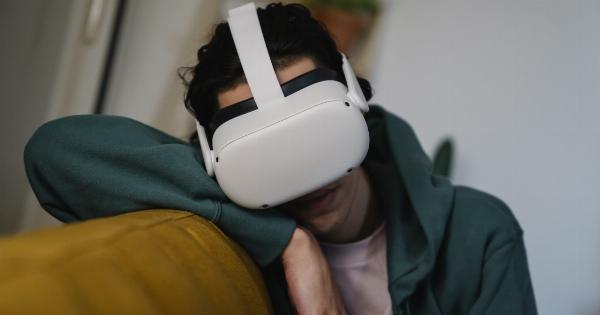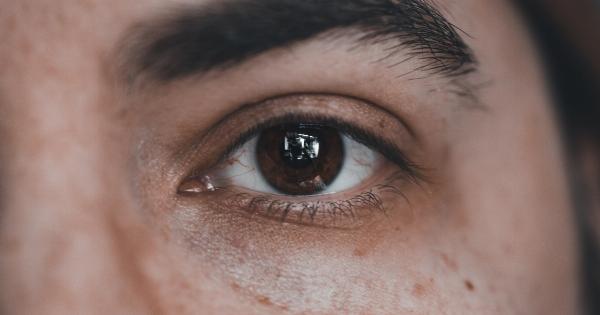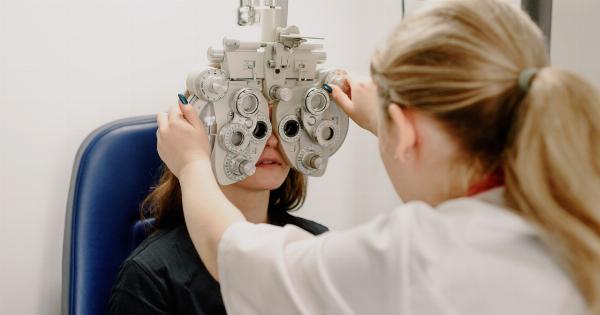Visual processing and cognitive processing are two vital components of the human brain. Visual challenges, such as vision loss or impairment, can have a significant impact on cognitive processing.
In this article, we will explore the link between visual challenges and cognitive processing and how it can affect individuals.
What is Visual Processing?
Visual processing refers to the ability of the brain to interpret and understand visual information. It involves converting visual stimuli into neural signals that the brain can understand.
Visual processing consists of several stages, including detection, recognition, and interpretation of visual stimuli.
What is Cognitive Processing?
Cognitive processing refers to the mental processes involved in perception, attention, memory, and reasoning. It is the ability to take in, process, and utilize information from the environment.
Cognitive processing involves higher-level thinking skills and is essential for problem solving, decision making, and language comprehension.
How are Visual Challenges and Cognitive Processing Linked?
Visual challenges can have a significant impact on cognitive processing. When individuals experience visual challenges, they often have difficulty processing visual information.
For example, individuals with vision loss may have difficulty recognizing faces or objects, reading text, or navigating their environment. These difficulties require more cognitive effort to overcome, and can result in decreased processing speed and loss of cognitive resources.
Furthermore, visual challenges can affect the development of cognitive processing in children.
Studies have shown that children who have visual impairments or deficiencies have delayed cognitive development, particularly in the areas of attention and memory.
Types of Visual Challenges that Affect Cognitive Processing
There are several types of visual challenges that can impact cognitive processing. These include:.
Vision Loss
Vision loss is a significant visual challenge that can affect cognitive processing. Individuals with vision loss may have difficulty recognizing faces or objects, reading text, or navigating their environment.
This can require additional cognitive resources to overcome, resulting in slower processing speed and decreased cognitive functioning.
Amblyopia
Amblyopia, also known as “lazy eye,” is a condition that occurs when one eye does not develop properly during childhood.
This can cause reduced vision in one eye and can lead to difficulties with depth perception, tracking, and spatial awareness. Individuals with amblyopia may have difficulty with cognitive processing related to spatial relationships and may require additional resources to overcome these challenges.
Strabismus
Strabismus is a condition that occurs when the eyes are misaligned. It can cause double vision, depth perception issues, and difficulty with visual tracking.
Individuals with strabismus may have difficulty processing visual information related to depth and motion and may require additional cognitive resources to overcome these challenges.
Dyslexia
Dyslexia is a condition that affects reading ability. Individuals with dyslexia may have difficulty processing visual information related to letters and numbers, resulting in difficulty with reading, writing, and spelling.
Dyslexia can also affect higher-level cognitive processing, such as attention and memory.
The Impact of Visual Challenges on Cognitive Processing
Visual challenges can have a significant impact on cognitive processing. When individuals experience visual challenges, they often have difficulty processing visual information.
This requires more cognitive effort to overcome, resulting in slower processing speed and decreased cognitive functioning.
Furthermore, visual challenges can affect overall cognitive processing ability. Studies have shown that individuals with visual impairments or deficiencies have decreased cognitive functioning, particularly in the areas of attention and memory.
How Can Visual Challenges be Managed?
There are several strategies for managing visual challenges to support cognitive processing. These include:.
Corrective Lenses
Corrective lenses, such as glasses or contact lenses, can help improve visual acuity and reduce the impact of visual challenges on cognitive processing.
Assistive Technology
Assistive technology, such as screen readers and magnification software, can help individuals with visual challenges access digital information and reduce the cognitive load related to visual processing.
Visual Rehabilitation
Visual rehabilitation, including visual training exercises, can help individuals improve their visual processing abilities and reduce the impact of visual challenges on cognitive processing.
Conclusion
The link between visual challenges and cognitive processing is significant, with visual challenges having a significant impact on cognitive functioning.
Individuals with visual challenges may require more cognitive resources to overcome processing difficulties, resulting in decreased processing speed and decreased cognitive functioning. It is essential to support individuals with visual challenges through appropriate management strategies to reduce the impact on cognitive processing.



























